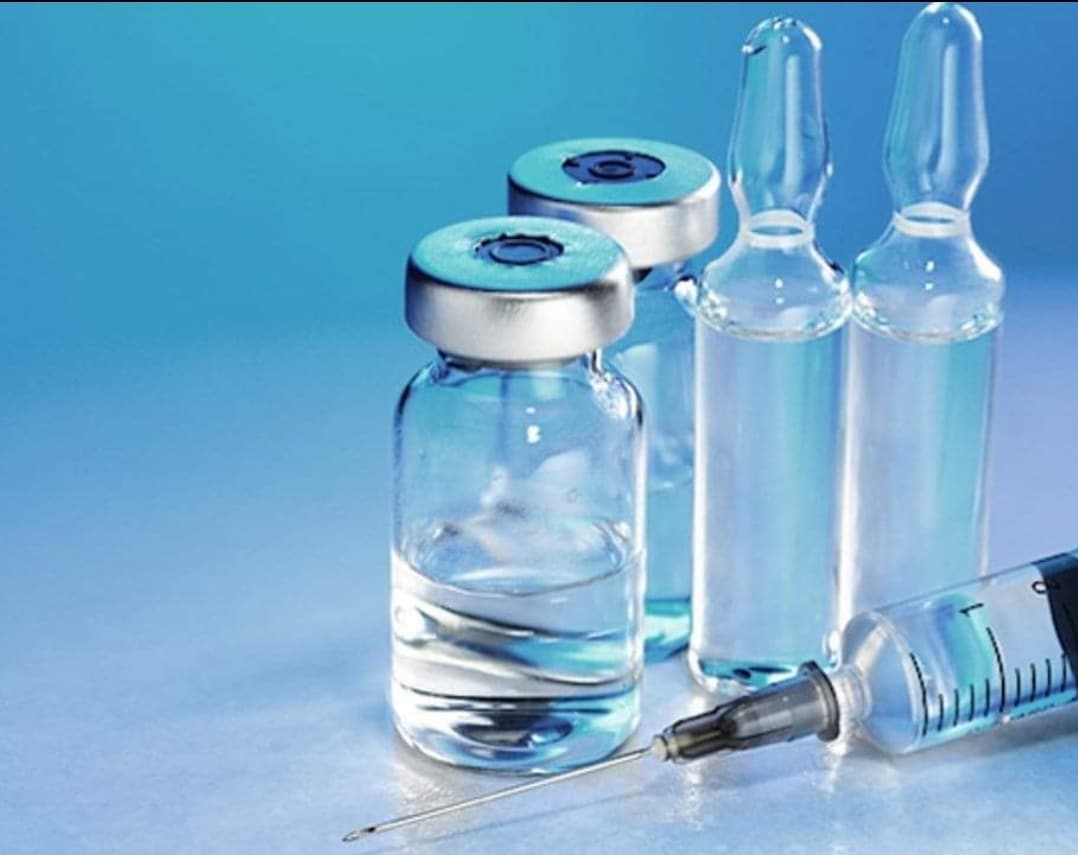USP Sterility Test Method Suitability Testing
The USP Sterility Test Method Suitability Testing is a critical procedure in ensuring that injectable and parenteral products are free from viable microorganisms. This testing method, as defined by the United States Pharmacopeia (USP), validates the sterility test method used within pharmaceutical manufacturing processes.
The sterility test is one of the most stringent tests conducted during drug development and production to ensure product safety for patients. The USP provides specific guidelines on how this testing should be carried out, emphasizing the importance of accuracy and repeatability in the methods employed. This service ensures that the chosen method meets these standards before it can be used in production.
During a USP Sterility Test Method Suitability Testing, the procedure involves inoculating the test medium with known microorganisms to determine if the method can detect their presence accurately. The medium is then incubated under controlled conditions to observe for any microbial growth. If the method fails to detect the microorganisms in this controlled environment, it indicates a potential issue with the testing protocol or equipment.
The importance of this test cannot be overstated, especially given the critical nature of injectable and parenteral products like vaccines, biologics, and other life-saving medications. An ineffective sterility test method could lead to contaminated product batches, which might cause severe health risks for patients. Hence, ensuring that the testing method is suitable according to USP standards is paramount.
The process of suitably validating a sterility test method typically includes several key steps:
- Inoculation with known microorganisms
- Incubation under controlled conditions
- Observation for microbial growth
- Evaluation against USP criteria
Each step is meticulously documented to ensure transparency and traceability. The documentation forms a critical part of the service, as it allows for auditing and further validation if necessary.
The chosen method should be validated for its ability to detect microorganisms that could potentially contaminate injectable or parenteral products. This includes both aerobic and anaerobic bacteria, fungi, yeasts, and other pathogenic organisms. The process is designed to simulate real-world conditions as closely as possible.
The USP standards are internationally recognized and provide a harmonized approach to pharmaceutical testing, ensuring consistency across different regions. By adhering to these guidelines, laboratories ensure that their methods meet global regulatory requirements, thereby enhancing trust and reliability in the market.
Benefits
- Ensures compliance with USP standards for sterility testing of injectable and parenteral products.
- Reduces the risk of product contamination leading to recalls or withdrawals.
- Aids in maintaining regulatory compliance, thereby protecting brand reputation.
- Enhances patient safety by ensuring that only safe products reach the market.
- Saves time and resources by identifying any issues early in the development process.
- Supports quality assurance programs within pharmaceutical manufacturing facilities.
Quality and Reliability Assurance
The USP Sterility Test Method Suitability Testing plays a crucial role in maintaining the integrity of injectable and parenteral product testing. It ensures that the chosen method is reliable, robust, and capable of detecting contamination accurately.
The process involves rigorous validation steps to confirm that the method can consistently produce accurate results under various conditions. This includes checking for reproducibility across multiple batches of test samples. The service also includes training programs for personnel involved in the testing process to ensure they are familiar with USP standards and best practices.
Regular audits and reviews of the testing procedures help maintain quality over time, ensuring that any deviations or inconsistencies are promptly addressed. This continuous improvement approach is essential in a rapidly evolving field like pharmaceuticals where safety and efficacy are paramount.
Customer Impact and Satisfaction
For customers involved in the pharmaceutical sector, the USP Sterility Test Method Suitability Testing has significant impacts on their operations. By ensuring that only safe products reach the market, this service directly contributes to customer satisfaction and trust.
Pharmaceutical companies rely heavily on third-party labs for quality assurance testing. Having a validated sterility test method ensures that these companies can confidently use their chosen protocols in production. This reduces the risk of recalls and withdrawals, which can be costly and damaging to brand reputation.
The service also supports regulatory compliance, ensuring that all products meet international standards. This not only enhances customer confidence but also opens up markets for pharmaceutical companies by meeting global regulatory requirements.





